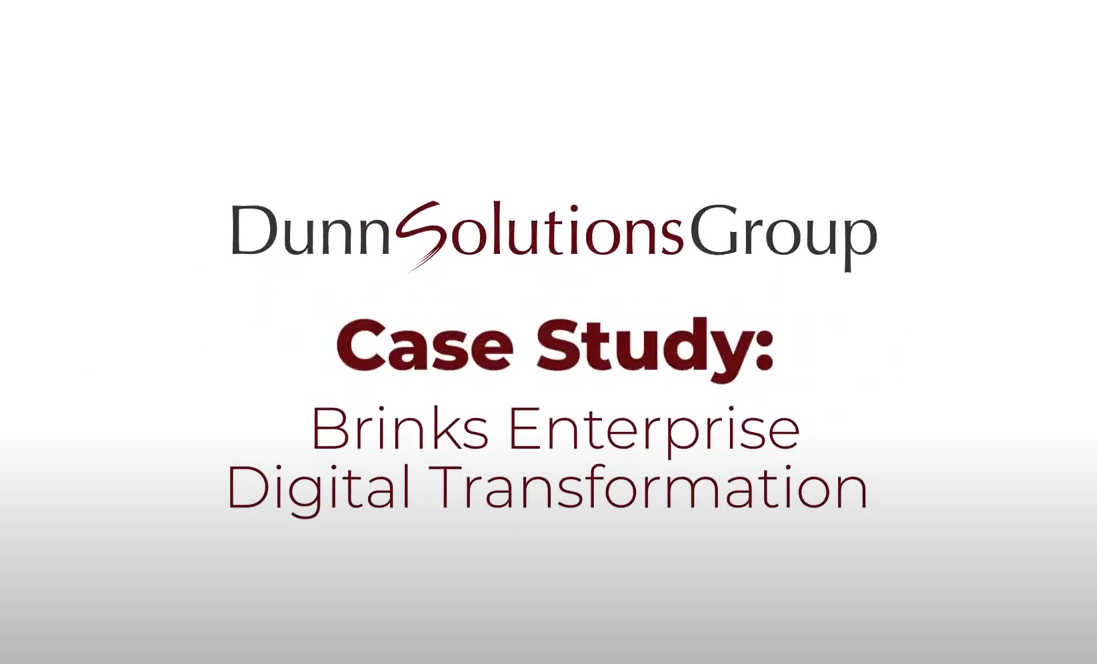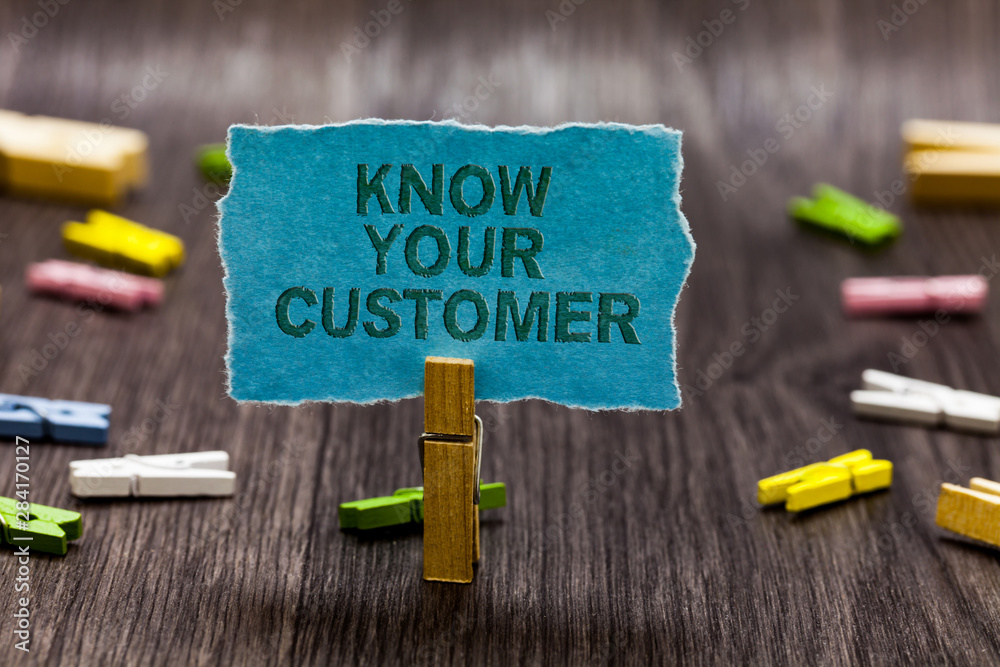Anisa Samarxhiu
1 Year Ago
With the advent of services like Amazon and Ebay, moving from a physical store to an e-Commerce option is becoming more and more appealing. It makes sense to make the move, the convenience factor alone is a driving force for Millennials and Generation Z. But before you start your Google search for ecommerce platforms, here are 5 things to consider to make sure that you put your best foot forward.
1. Consider your audience
Who are your customers? Are they the elderly couple who comes in once a month? Are they 15 year olds who are looking to spend some of their extra cash? These are important factors because who your core audience is means that technology proficiency will vary.
Another thing to keep in mind is that you may gain a whole new set of customers once you enter the online space. This can be a great thing because it can mean a bigger opportunity for profit, but will lead into our next poin

2. Creating 2 separate strategies
The way that you sell something physically will be a completely different experience than selling something online. Some people may use their online platform as a testing ground for new products before they introduce them on a larger scale. Others may want to use their e-Commerce platform to sell something exclusively online based on their online customers.
At the end of the day, no matter which way you go, the most important thing to do is to have a clear vision and strategy in place. You want to make sure that every audience group feels that they are being understood and catered to when it comes to their buying needs.
3. What platform will you use?
When you start looking for ecommerce platforms, there are plenty of options out there that it can be a little daunting. Try to keep this in mind, you can have more moderately priced options that give you basic functionality with premade templates. These are created for non-technical people who simply have to insert content, images, pricing and they’re generally good to go. There are also much more powerful options like SAP Hybris that allow you so much more control in terms of the integrations possible and creating a one of a kind customer experience.
The first option may right choice for you if you are just dipping your toe into the ecommerce world to see how everything works. Be aware, if you’re planning to compete you want to make sure that you have a powerful tool in your disposal, and not just for buying products. Platforms like SAP Hybris can help with cross-selling and upselling opportunities more seamlessly and give customers the same experience as Amazon.
4. Consider your security
Internet consumers are safety conscious because they know that their information runs the risk of getting stolen. Make sure that you can provide a safe way for customers to make transactions with your website. With a payment gateway, your site never stores important information, it only stores the token that represents your credit card information. Even if someone does find a way into your website, your customers’ information is safe.

5. The look and feel of the website
As a customer cannot physically touch or test the product online, they are also not able to have the same experience as being inside your store. You can say a lot with imagery and colors, so be sure of what your brand identity is and how you want the website to look and feel. Do you want to show a sense of gravitas or tradition? It might do well to use more muted colors and serif font. Do you want to show of a younger and brighter feel? Try using more color and incorporating white space in your site for a more breathability.
You content should also not be long winded. Unless someone is doing scholarly research, they want online content to be skimable and accommodate for a quicker user experience. Make sure you have a lot of high quality pictures of your product so that people have a clear understanding of what you are selling and understand exactly what the product can do.
While this is by no means a comprehensive list, taking these 5 things into account is a great first step on your way to having the e-Commerce storefront of your dreams. Remember, your e-Commerce platform should be an extension of your brand identity, not a completely new one.



